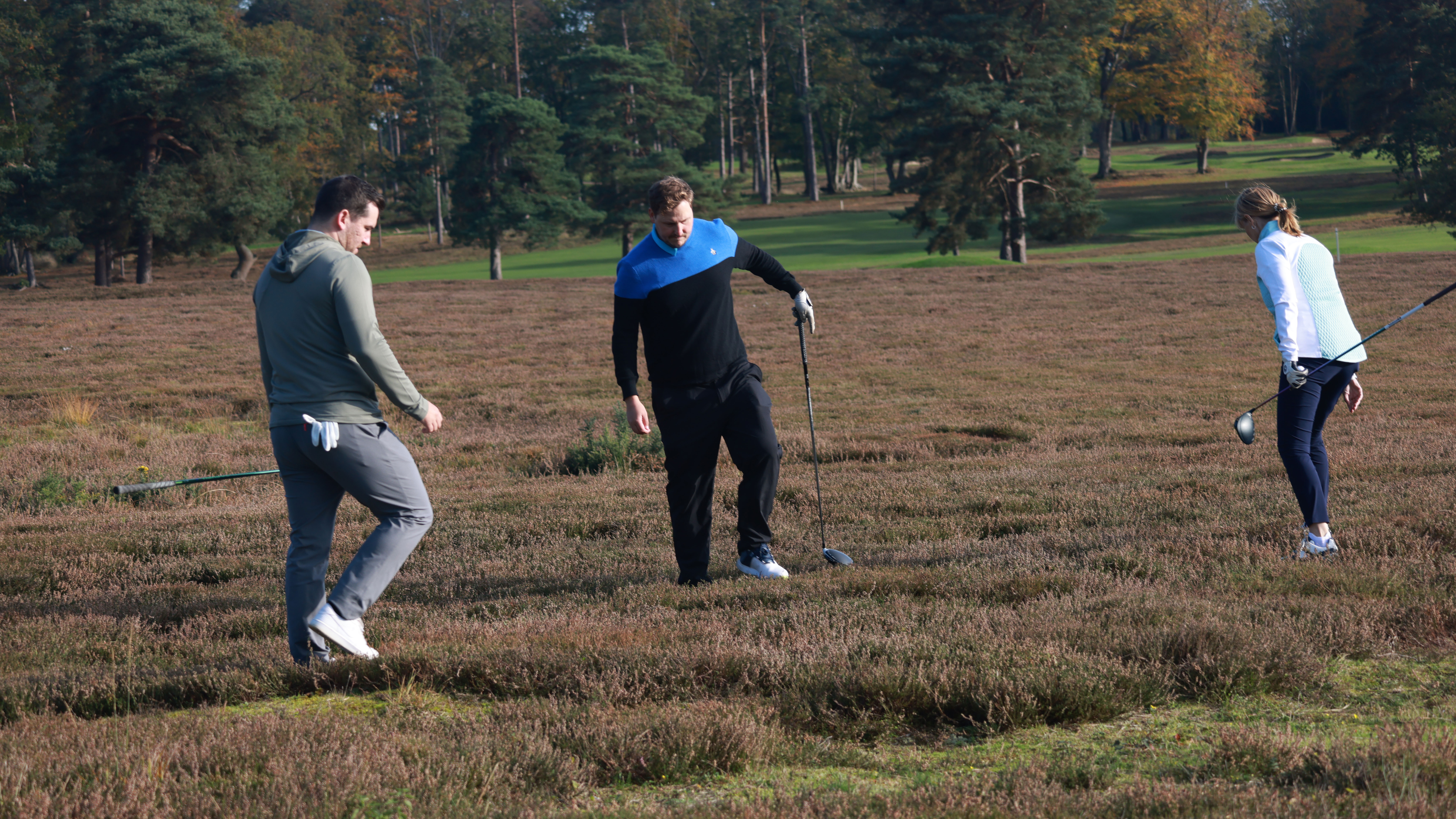Why Reducing Double Bogeys Is The Key To Lower Scores… Here's The Data That Proves It!
A closer look at the statistics shows how many double bogeys club golfers typically make per round


Baz Plummer
Whether you are a scratch golfer or a high-handicapper, double bogeys are never good news - they can wreck your card.
It seems logical that limiting these big numbers should help cut your handicap, but with the help of Shot Scope, our official data partner, we can share just how costly those dreaded doubles are.
In the table below, you can see how many double bogeys golfers make on average per round (18 holes) of golf, across different handicap levels.
Handicap | Birdies | Bogeys | Doubles + |
0 | 2.34 | 3.87 | 0.27 |
5 | 1.26 | 6.12 | 1.44 |
10 | 0.72 | 7.2 | 2.88 |
15 | 0.36 | 8.1 | 4.68 |
20 | 0.36 | 7.38 | 6.66 |
25 | 0.18 | 6.12 | 9.18 |
The numbers above make for interesting reading, especially the column on the right which displays the average number of double bogeys or worse.
Whereas a scratch golfers averages just 0.27 doubles or worse per round, the 25-handicapper typically makes one approximately every other hole. Ouch.
This opens up a whole big debate about where they can make improvements in order to shoot lower scores.
Club golfers of all levels have room for improvement in every department, even low handicap players, especially if we're comparing the standard to tour level.
Subscribe to the Golf Monthly newsletter to stay up to date with all the latest tour news, equipment news, reviews, head-to-heads and buyer’s guides from our team of experienced experts.
However, for the mid to high handicap player, especially, you'd have to say there would be some quick wins in the short game department that could help bring the handicap down sharply.

A 25-handicap player loses an average of 5.6 balls per round
Better players are obviously able to turn bogeys into pars and reduce the damage to a single shot when they find themselves in trouble.
Higher handicap players have a tendency to follow one bad shot with another, and make poor strategic decisions.
We've all seen this type of golfer in action, and we've all seen better players (and tour pros) take their medicine to keep their scorecard as clean as possible.
The 'or worse' part of doubles is also worth mentioning, because quite often we're not just dropping two shots (a double) but a fair few more.
When you consider that a 25-handicap player loses an average of 5.6 balls per round, it's safe to say some of those 9.18 doubles or worse will fall under 'or worse'.
And when you start making sevens, eights and nines, your scores really are going to suffer.
However, if you can turn just a few of the double bogeys or worse into just bogeys, you'll start to get that handicap down.
This might be easy to say, of course, but the statistics are clear to see.

Michael has been with Golf Monthly since 2008. A multimedia journalist, he has also worked for The Football Association, where he created content to support the England football team, The FA Cup, London 2012, and FA Women's Super League. As content editor at Foremost Golf, Michael worked closely with golf's biggest equipment manufacturers and has developed an in-depth knowledge of this side of the industry. He's a regular contributor, covering instruction, equipment, travel and feature content. Michael has interviewed many of the game's biggest stars, including seven World No.1s, and has attended and reported on numerous Major Championships and Ryder Cups around the world. He's a member of Formby Golf Club in Merseyside, UK.
- Baz PlummerStaff Writer
You must confirm your public display name before commenting
Please logout and then login again, you will then be prompted to enter your display name.